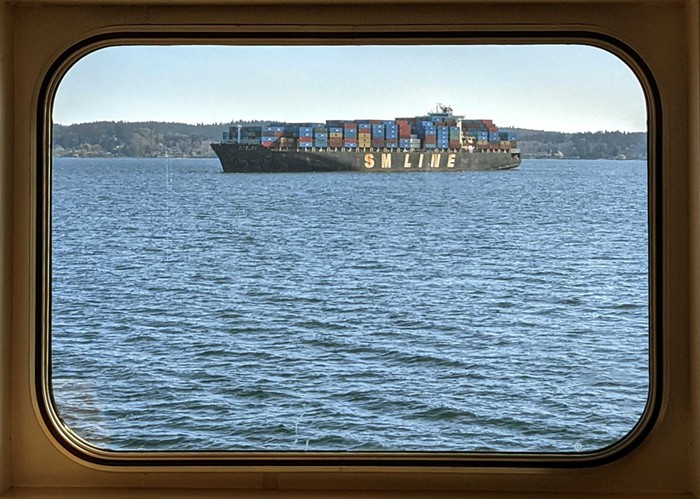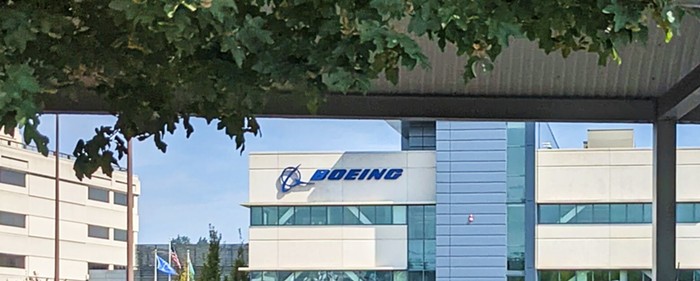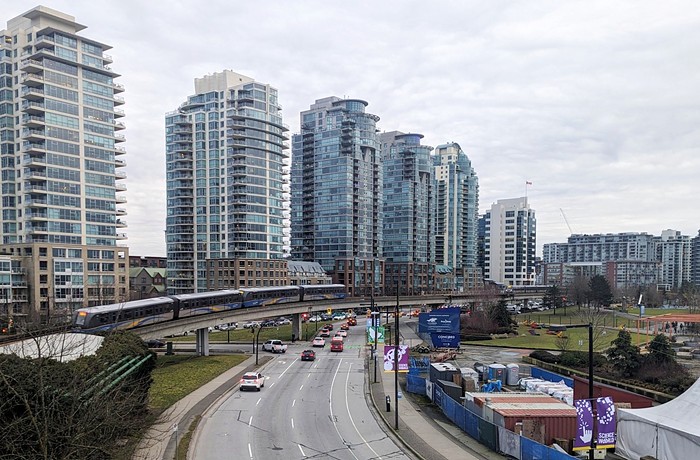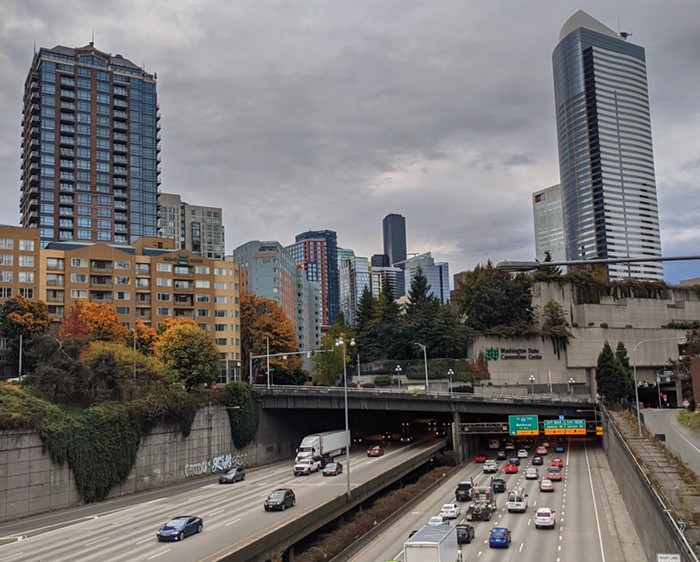
In Los Angeles Plays Itself, film critic and historian Thom Andersen explains that the noir classic Chinatown provides a purely fictional account of California's Water Wars in the early years of the 20th century. The movie has lots of unsolved murders, some secret cabal operating in the shadows, and a satanic capitalist pulling the darkest of strings and running a diabolic land/water scheme (his artificial drought forces hardworking farmers to sell their land for cheap).
But, argues Andersen, much of the Water Wars, and its related power struggles, actually happened in the light of the public and was reported in the newspapers. "The public history is the real history," says Andersen, "...the insider land deals were exposed by the Hearst press in 1905, two weeks before the public voted on a bond issue to purchase water rights. The bond issue still passed fourteen to one, and no artificial drought was required to fool the voters."
I thought of Andersen's reading of Chinatown as I looked at one of the many pictures and statements in the anti-car Redoing Futurama exhibit at the Center for Architecture & Design.
The picture, taken in 1967, is of the construction of I-5 in downtown Seattle, and above it is this depressing statement:
1970
Seattle Rejects Rail System 80% Paid For by the Federal Government
If you are on the left, you have certainly heard over and over (in bars, at parties, while getting stoned) about how General Motors and other big car companies conspired in the 1940s to destroy public transportation in big American cities and force consumers into cars. If we were to make a movie about this sad episode in American history, we would put at the center of its plot a Noah Cross. This is a man who has so much power, he can murder politicians and urban activists without fear of being caught and punished (all of the cops are bought); a man who even rapes his daughter; a man with a diabolical plan to buy up all of the trains and tracks and toss them into the ocean. This would make a great noir; but it would be far from reality.
The fact of the matter is people were seduced into cars. This indeed was the whole purpose of the fantastic Futurama installation at the 1939 New York World's Fair. As a section of the Redoing Futurama exhibit explains, 15 million Americans entered the General Motors Pavilion, saw this Futurama (which presented a future of transportation that was only 20 years away from them), and they fell in love with its bold promises of progress and the speed and safety of a modern traffic system.
By the 1960s, Americans were long sold on this auto-Utopia. There was, for them, no going back to trains and buses—which were coded with "outmoded businesses and slums." The Big Three did not need a secret cabal or a daughter-fucking Noah Cross to "fool the public." The voters were already seduced. Voters barely needed help killing a much cheaper rail scheme that would have liberated them from bad traffic. Democracy is more often than not the enemy of democracy. There were no jams in the Futurama installation.



















